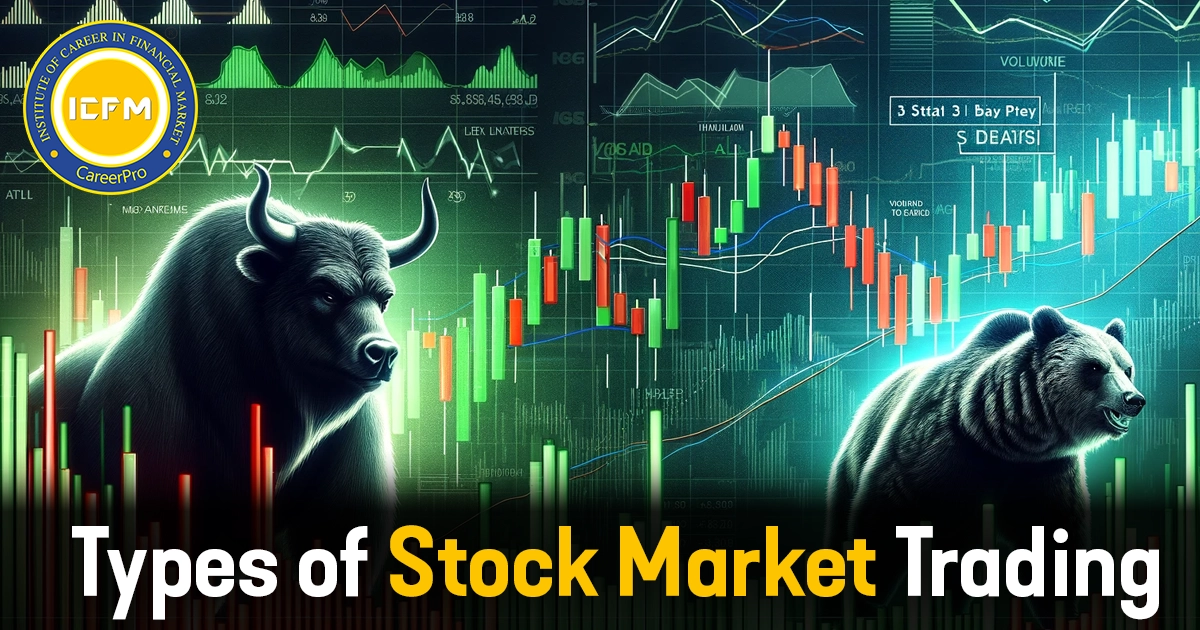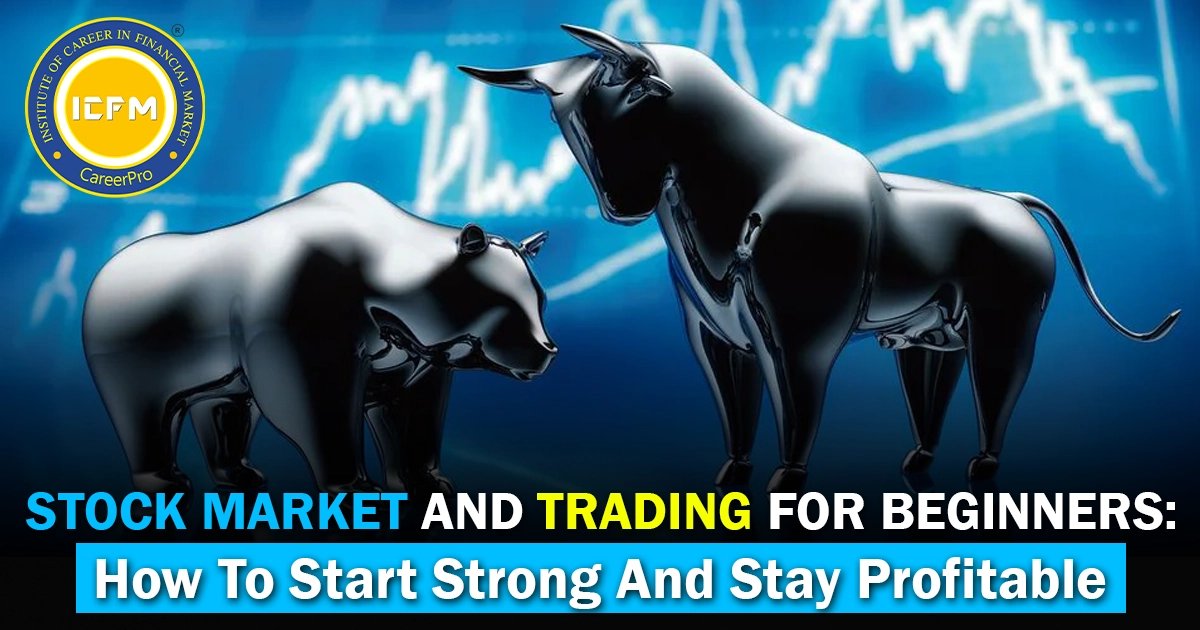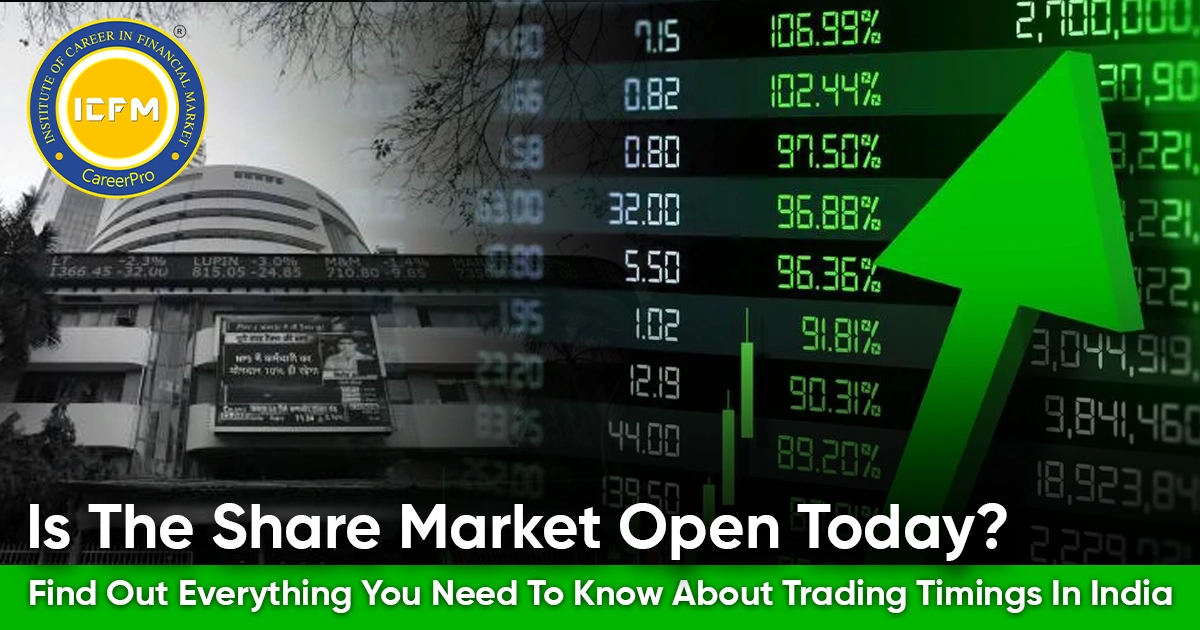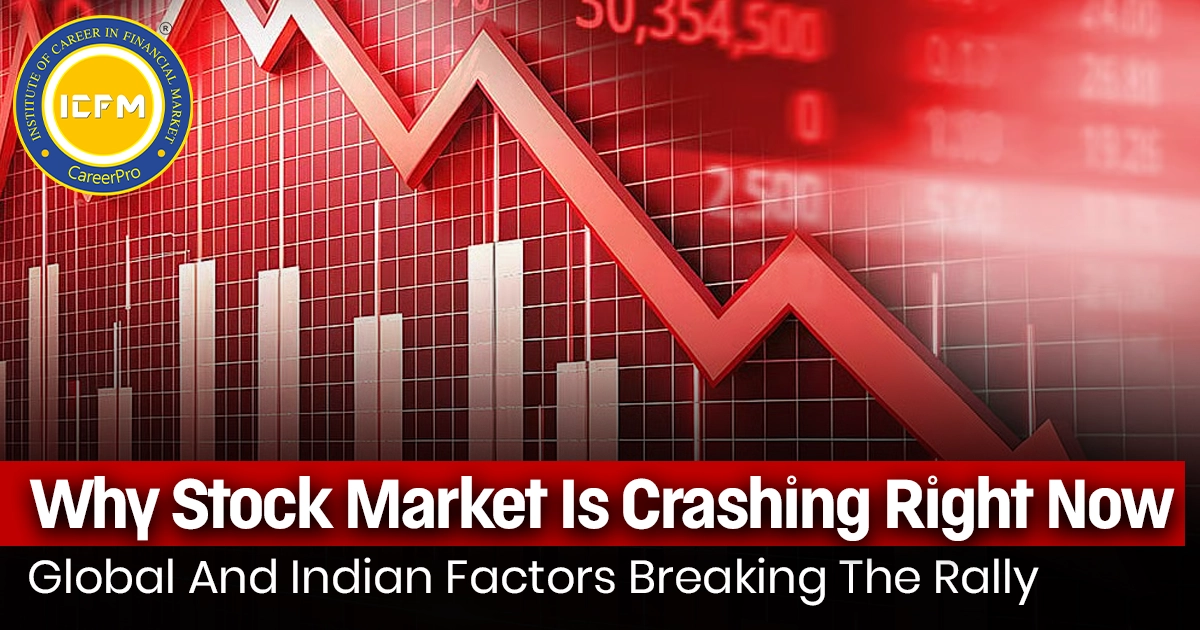The stock market has several trading types to cater for different investment goals, risks tolerance, and personal schedule. Understanding the differences can help clients make better selections regarding their finances. Let’s discuss the important types of trading in stock markets:
1. By Time Frame
Intraday Trading: Also known as day trading, intraday trading is buying and selling shares in the same business day. Traders hope to capitalize on day-to-day price changes. All positions are closed before market close to mitigate the risks associated with holding positions overnight. This type of trading requires constant market monitoring, proficiency in technical market evaluation, and quick action.
Swing Trading: Swing traders keep positions for several days or weeks to capture short to medium term price changes. This trading style relies heavily on technical analysis, chart patterns, and prevailing market conditions. Swing trading is less intensive than intraday trading but also requires constant attention to the markets.
Positional Trading: Shares are held for weeks, months or years making traders focus on long term possibilities of a market. These traders are far more reliant on economic indicators, fundamental analyses, and company performance as opposed to short-term market pricing changes. Compared to all types, positional trading is the least stressful and time-consuming as there is no need to rush like in day trading.
Scalping: Scalping is perhaps the most short-term trading style. Armed with minute details and hints of price shifts, investors execute multiple transactions within mere seconds, profiting from each bump in the price. Relying heavily on computerised trading systems, traders known as scalpers execute large scale trades at high speeds. Extreme sharpening of focus and swift decision-making are prerequisite for scalping.
2. Market Approach-Based traders
Technical Trading: In order to make a prediction about the future price direction, Technical traders analyze past prices, their movements, the price level fluctuations as well as various indicators like moving averages RSI, MACD and many more. This style is common in intraday and swing trading.
Fundamental Trading: Typically, fundamental traders rely on a company's fiscal health, its earnings, industry patterns and the economy as a whole while making a decision. This approach is preferred by positional traders as well as those who are long-term investors.
Quantitative Trading: This type of trading focuses on finding trading opportunities, using mathematical models, algorithms, and statistical analysis. Quant traders utilize trading platforms that allow high frequency trading and employ arbitrage strategies.
3. Specialized Trading Styles
Momentum Trading: With the rate of price change and certain movements, positive intensity Momentum traders focus on stocks that display an increase in price. Intending to maximize positive momentum, buyers sell when a shift occurs and sell when prices decrease.
Trading on the Basis of News: This type of trading exploits the increase in market volatility following news releases, earnings calls, mergers and acquisitions, or the release of important economic indicators. In news trading, swift action is required to be taken upon market-moving news in order to maximize the short-lived opportunities.
Trading Using Algorithms: Also known as algo trading, it involves making trades electronically through the use of computer programs based on predefined parameters such as price, volume, or time. This type of trading is quite popular with institutional investors and high-frequency traders.
In summary,
All these factors determine how to choose one trading style to adopt; those with greater risk tolerance are likely to be more active in the market. As financial goals become more sophisticated, greater risk is assumed. Most beginners are likely to start with a form of positional or swing trading before ramping up to intraday trading or scalping. No matter the approach taken, a meticulously designed research-based strategy and active risk management are crucial to achieving stock market success.
With a clear understanding of the different forms of trading, investors can formulate the appropriate strategies that align with their unique objectives and market perspectives.









